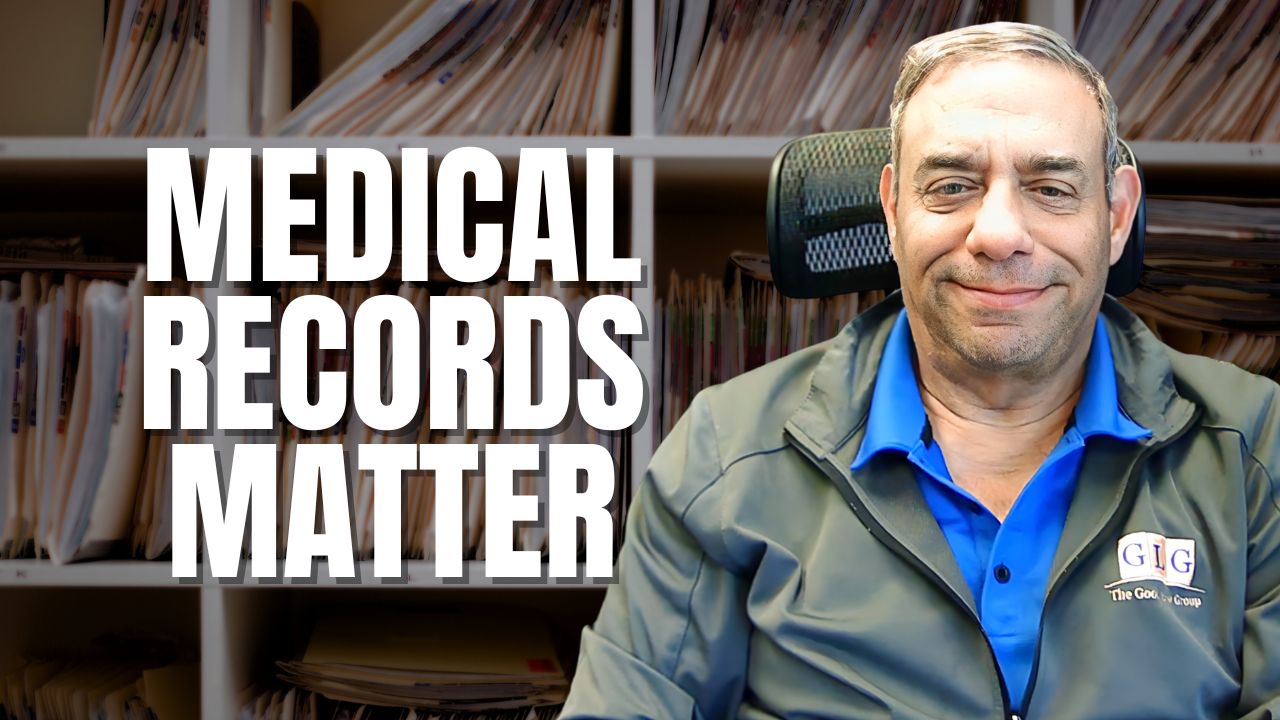The Social Security Administration (SSA) recognizes blindness or vision loss as a disability eligible for social security disability benefits. The most recently available data shows that in 2019, the SSA approved 110,000 individuals for disability benefits based on blindness or vision loss.
As with all disabilities, there are certain medical criteria individuals must meet to qualify for SSD benefits based on vision loss. These criteria are outlined in the Blue Book, which lists of more than 100 medical conditions the SSA considers disabling. Failure to meet or exceed the listing’s stated criteria will result in a denial of benefits.
For the SSA’s purposes, visual disorders are “abnormalities of the eye, optic nerve, optic tracts, or brain that may cause loss of visual acuity or visual fields.” Visual acuity affects the clarity or sharpness of vision and limit the ability to distinguish detail, read, or do fine detail work. Visual field issues interfere with peripheral vision (essentially, blind spots). The SSA considers an individual to be statutorily blind if their corrected vision in their best eyes is worse than 20/200, or if their peripheral vision is limited to a 20° angle.
Although the application process for vision loss benefits is the same as other disabling conditions, there are some differences to be aware of when applying for disability benefits based on blindness or vision loss.
Eligibility for SSD benefits and blindness
Normally, to qualify for SSD benefits an applicant must prove that:
- They have a qualifying disability or meet or exceed a disability listing;
- Their disability has lasted, or is expected to last, at least 12 months or will result in their death, and;
- The disability prevents them from participating in substantial gainful activity (SGA) which, in 2021, means an inability to earn more than $1,310 per month.
These requirements are slightly different for applicants who are blind or experience vision loss. Perhaps the biggest is the amount of money an individual can earn and still fall within the SGA threshold. Individuals who are blind or experience vision loss can earn up to $2,190 per month and still be eligible for benefits – $880 more than non-blind individuals.
Self-employed individuals who have vision loss can also work more hours than their non-blind counterparts. Disabled individuals who are self-employed can work no more than 45 hours a month in their own business and still be eligible for SSD benefits; that limitation does not apply to individuals with vision loss. Neither does the durational requirement; an eye exam showing that the corrected vision in the best eye is worse than 20/200 or that their peripheral vision is no greater than 20° is enough to qualify for vision loss benefits.
Medical evidence of vision loss
As discussed above, individuals having a corrected vision of 20/200 or greater or peripheral vision of 20° or less are only required to provide an eye exam report highlighting these findings to be eligible for vision loss benefits (provided they do not exceed the SGA amount). For individuals whose vision does not meet these thresholds, the Blue Book outlines other criteria which, if met, will qualify for vision loss benefits. They also detail the acceptable method of proving the existence of these issues.
Individuals whose vision does not meet any of the Blue Book criteria must provide an eye exam that details their vision limitations and the reason for the loss. They must also describe how these vision issues negatively impact their ability to function. This can be done by completing a residual functional capacity assessment, or RFC. The SSA typically approves a disability benefits application if the RFC demonstrates that the disability will decrease your daily productivity by 20% or more.
The RFC paints a picture of what tasks an individual can do despite their disability and takes into consideration both physical and non-physical limitations. For example, loss of visual acuity makes it difficult to read, which for some people could lead to extreme headaches as their eyes strain to make out the words. If your job involves reading documents, such as for medical billers or editors, this would make it difficult to perform essential work functions. Or if you worked as a crossing guard, lack of peripheral vision could interfere with your ability to see a child darting across the street while you directed traffic coming from the opposite direction.
If the SSA determines that your vision loss makes it impossible for you to do your previous job, they will consider whether there is any other work you could perform taking into consideration your age, education, and prior work experience.
When completing the RFC, it is important to be as specific as possible when describing how your vision loss affects your ability to perform activities of daily living, particularly how they relate to work-related tasks. For example, visual acuity issues make it difficult to do fine work – a problem if your job as a seamstress requires embroidering garments or performing detailed stitch work.
If you state on the RFC, “My vision issues make it hard for me to embroider company logos on jackets,” that doesn’t provide the SSA with enough information to accurately assess how your vision loss interferes with your ability to work. Simply stating that work is “hard” doesn’t necessarily mean you can’t do it. A better statement would be, “My vision issues make it difficult to embroider garments at work. On four out of five projects, I must pull out dozens of stitches and start again, and it takes me three times as long as co-workers to complete a single project.” This provides a clearer picture of how your vision loss interferes with your ability to perform your job.
The social security disability attorneys at The Good Law Group leverage 30 years’ experience to help individuals apply for and receive the vision loss benefits they deserve. There is no cost to you unless you are awarded benefits. Call us to schedule a no-cost initial consultation.









